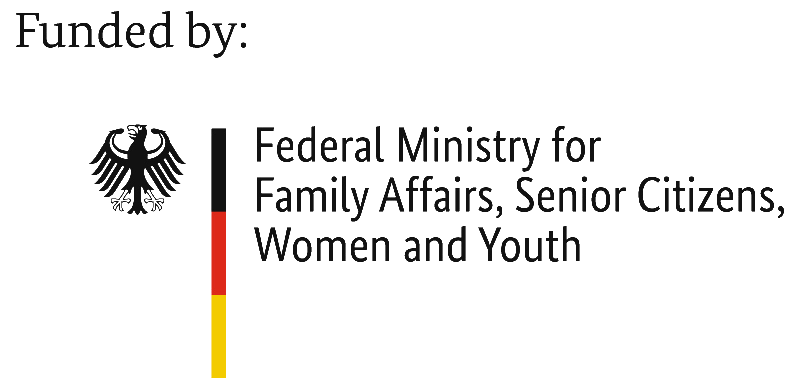Tassel vest, from the Bistrița-Năsăud areaIlicul cu ciucuri din zona Bistrița-Năsăsud
Text by Mihaela Marcovici
The folk costume from the Bistriţa-Năsăud area shows a certain optimism expressed by the contrast between the white fabric of the shirt and the strong red in the embroidery. The leather processed by the village furrier is transformed into “chest” (vests) and “coats”. Depending on the cut, the vests are closed or open.
The coats worn on weekdays were less adorned or not at all.
On Sundays and on holidays, men wear beautifully adorned vests adorned with ornamental tassels of different colours, made of wool or silk.
The colour of the ornamental tassels is expressed in shades of red, orange and blue, specific to young people. For the elderly, black tassels are added. This colour highlights the vitality, openness and generosity of young people, as well as the seriousness and warmth of the elderly.
The variety of colours of the tassels wants to imitate the colour of the peacocks. When the male peacock wants to “conquer” a female peacock, he folds his feathers to look as attractive as possible. Therefore, when dancing with these vests, the movement of the tassels mimics the folded feathers of the peacocks.
The number of tassels on the vest represents the well-being of the family. The richer the family from which the young man comes, the richer the tassels and they are made of silk. This element of the folk costume worn by men from the Năsăud area is completed by the peacock feather hats, which complete the image of the folk costume. There are very few craftsmen who know how to make these hats today. The hat with peacock feathers is worn by the boys, and the number of rows of feathers represents their wealth.
The Romanian people are very proud of their popular costumes. Almost everybody has at least the blouse called “ie” at home. Because such a costume is not cheap or easy to sew the seniors at the Centre decided to do it by themselves within the frame of a creative workshop.
By doing this together, we created the joy of knowing that we have preserved the legacy of popular traditions that we want to offer to future generations and share it with our neighbours.
At the same time, we want to share the way women in the past used to sew these folk costumes. They organised themselves in the so called “sittings” where they sewed, weaved or spun the wool for the fabrics. During these “sittings” they used to sing, tell stories and play certain social games. Unfortunately, the art of making handmade clothes is barely present nowadays. Though the revival of the “sittings” at our centre we want to offer an example for good practice for the elderly and beyond.
Text by Mihaela Marcovici
Costumul popular din zona Bistriţa-Năsăud arată un anumit optimism exprimat prin contrastul dintre pânza albă a cămășii și roșu puternic din broderie. Pielea prelucrată de cojocarul satului este transformată în ”pieptare” (veste) și ”cojoace” (paltoane). În funcţie de tăiere și croială, vestele sunt înfundate sau deschise.
Cojoacele purtate în zilele de muncă erau mai puţin împodobite sau chiar deloc.
Duminica, în zilele de sărbătoare și de joc, se purtau pieptare frumos împodobite și ornate cu ciucuri ornamentali de diferite culori, confecţionaţi din lână sau mătase.
Culoarea ciucurilor ornamentali este exprimată în nuanţe de roșu, portocaliu și albastru, specifice tinerilor. Pentru vârstnici, se adaugă ciucuri de culoare neagră. Această cromatică evidenţiază vitalitatea, deschiderea și generozitatea tinerilor, precum și seriozitatea și căldura vârstnicilor.
Varietatea de culori a ciucurilor vrea să imite coloristica păunilor. Când păunul dorea să ”cucerească” o păuniţă, își înfoia penele așa încât să pară cât mai atrăgător, mai ţanţoș. De aceea, în timpul jocului, mișcarea ciucurilor imită penele înfoiate ale păunilor.
Numărul de ciucuri de pe ilice, reprezintă bunăstarea familiei. Cu cât familia din care provenea tânărul era mai înstărită, ciucurii erau mai deși, mai bogaţi și confecţionaţi din mătase.
Acest element din costumul popular purtat de bărbații din zona Năsăudului, este completat de clopul cu pană de păun, care întregește imaginea costumului popular. Meșterii care știu să confecționeze aceste clopuri sunt foarte puțini în ziua de astăzi. Clopul cu pene de păun este purtat de feciori, iar numărul rândurilor de pene reprezintă bogăția celui care-l poartă.
Poporul român este foarte mândru de costumele sale populare. Aproape toată lumea are cel puțin o „ie” acasă. Deoarece un astfel de costum nu este ieftin sau ușor de cusut, seniorii de la Centru au decis să le facă singuri în cadrul unui atelier de creație sub indrumarea unui maestru.
Făcând acest lucru împreună, am creat bucuria de a ști că am păstrat zestrea de tradiții populare pe care vrem să o oferim generațiilor viitoare și să o împărtășim cu vecinii noștri.
În același timp, vrem să împărtășim modul în care femeile din trecut obișnuiau să coasă aceste costume populare. Deoarece costumele populare se realizau în trecut la sate, în adunări ce se numeau șezători, unde cei care participau lucrau (coseau, torceau, țeseau), cântau, povesteau și chiar jucau anumite jocuri sociale, filmulețul prezentat a fost gândit să susțină această idee de șezătoare sis a ofere un exemplu de buna practica pentru varsta a 3-a si nu numai.

